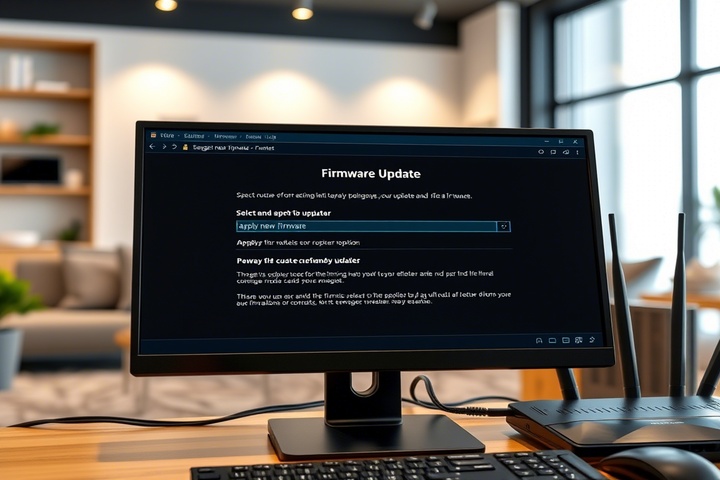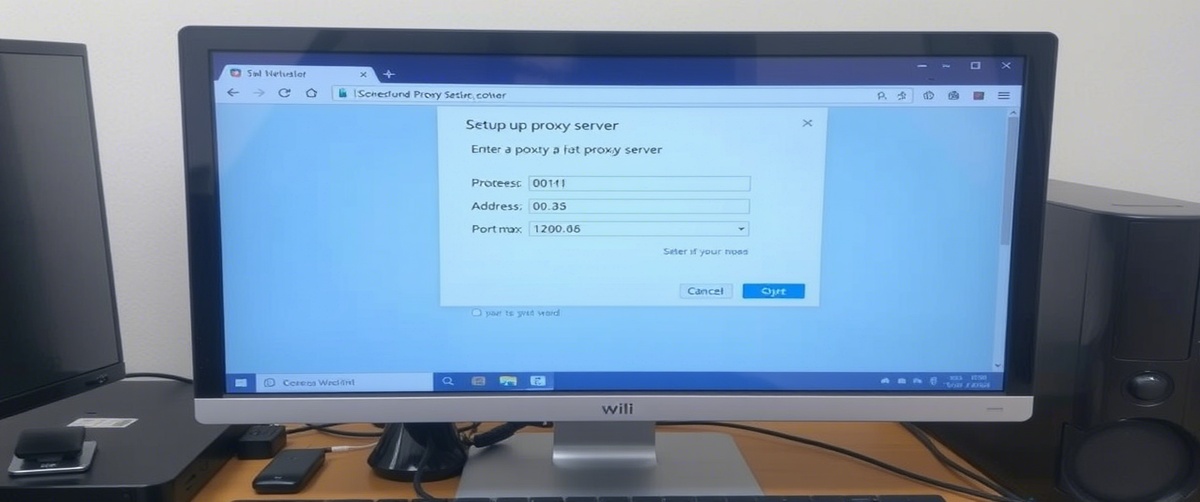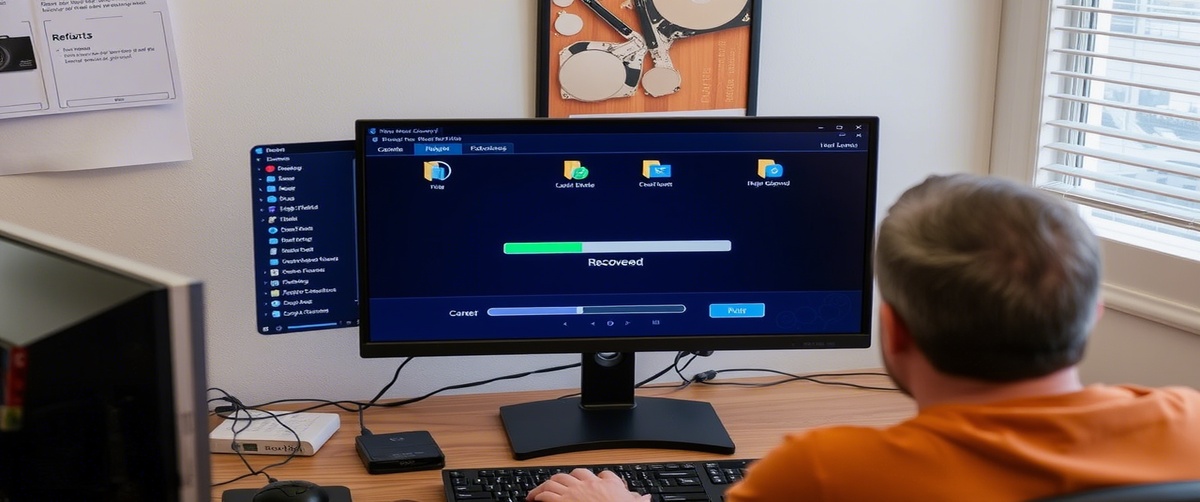Losing internet access can be somewhat aggravating in the digital era of today, particularly if you require it for gaming, streaming, or business. Should you get a “No internet connection” issue, relax! This article will take you methodically through a troubleshooting and fixing approach to quickly address the connectivity problem.
Common Causes of No Internet Connection Issues

Let us know why this issue arises before we start network debugging. Several typical causes include:
- ISP difficulties: Your internet service provider (ISP) may be experiencing an outage.
- Router/modem issues: Disruption might result from a broken or incorrectly set router.
- Wi-Fi interference: Your connection could be compromised by other electronics or thick walls.
- Incorrect settings: Network settings, including DNS or IP setups, may be improperly set.
- Hardware problems: Connectivity problems could result from a broken cable or malfunctioning router.
Let us now turn now to detailed network troubleshooting to have your internet operating.

Step 1: Check if Your ISP is Down
The first step is to confirm whether the issue is with your ISP. You can do this by:
- Checking your ISP’s website or social media for outage reports.
- Contacting your ISP’s customer service.
- Using your mobile data to check for widespread connectivity reports.
If your ISP issues are confirmed, you may need to wait until they resolve the problem.
Step 2: Restart Your Router and Modem
A simple restart can fix many connectivity issues. Follow these steps:
- Turn off your router and modem.
- Unplug them for at least 30 seconds.
- Plug them back in and wait for them to restart completely.
Now check if the “No internet connection” problem is resolved.
Step 3: Check Cable Connections
Loose or damaged cables can be the root cause of a connectivity issue. Inspect:
- Ethernet cables (if you’re using a wired connection).
- Power cables connected to your modem and router.
- Coaxial or fiber-optic cables for any visible damage.
If any cable appears faulty, consider replacing it.
Step 4: Reset Your Network Settings
If the problem persists, resetting your network settings may help:
For Windows Users:
- Go to Settings > Network & Internet.
- Click on Network Troubleshooter.
- Follow the prompts to diagnose and fix the issue.
For Mac Users:
- Go to System Preferences > Network.
- Select your connection and click Advanced.
- Reset your network settings and reconnect.
Step 5: Update Router Firmware
Outdated firmware can cause network troubleshooting headaches. Check for updates:
- Log in to your router’s admin panel (usually accessible via 192.168.1.1).
- Look for firmware update options in settings.
- If an update is available, install it and restart your router.
Step 6: Try Using a Different Device
Test your internet on another device. If it works on one but not the other, the issue might be with the device itself. Restart the problematic device or forget and reconnect to the Wi-Fi.
Step 7: Contact Your ISP
If none of the above steps work, you may be facing ISP issues that require technical support. Call your ISP and explain the problem. They can guide you further or send a technician if needed.
Get Professional IT Support for Reliable Internet Connectivity

If you frequently experience connectivity issues, it may be time to seek expert help. TechNow offers the suitable IT Support Services in Germany, ensuring seamless network performance and troubleshooting assistance. Contact us today for a smooth and uninterrupted internet experience!



